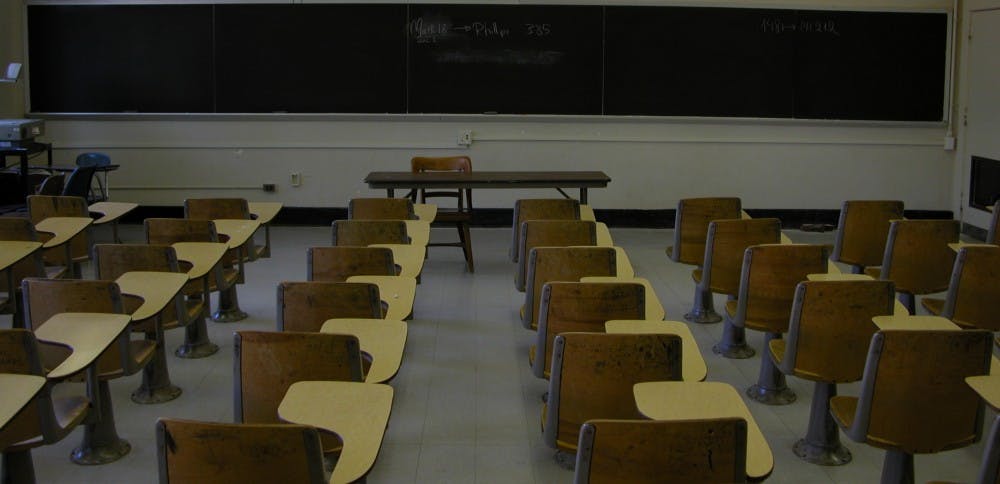What does it mean to be a house course when students are now in different houses all over the world? Like the rest of Duke’s undergraduate class offerings, house courses have now moved to distance learning.
House courses are half-credit courses on a satisfactory/unsatisfactory grading scheme on a variety of subjects that interest students. They are typically taught by student instructors under the supervision of a faculty adviser and meet once a week.
Most decisions on how individual house courses are to proceed with distance learning are being made by student instructors with guidance from their faculty advisers, said Jesse Summers, director of courses and curriculum committees and an adjunct assistant professor of philosophy.
“I’m confident in saying that everyone is trying their best to deliver a high quality education,” Summers said.
However, he said that he doesn’t know what that might look like for each individual course.
Most student instructors have elected to move to Zoom. Junior Noah Michaud, who teaches Durham Middle School Outreach, explained that the breakout rooms feature on Zoom has been especially useful. He said that his course is highly discussion-based, and breaking students into smaller groups helps fulfill that purpose even when online.
However, Michaud noted that his house course initially encouraged students to volunteer in person at Neal Middle School in Durham, which is no longer possible. The course has focused on relevant discussions, readings and presentations instead.
Sophomore Phoebe Dijour has also had to adjust the syllabus for her house course, Art in Technology. The original plan for the class featured a large final project that students would have been working on now. However, because students no longer have access to materials like 3D printers, laser cutters or woodworking tools, Dijour and her co-instructors eliminated the final project.
Now, students in the class make one mini project per week. Dijour explained that they can draw, bake or make Photoshop designs—anything is welcome as long as it’s creative, she said.
Senior Helena Wu said that the instructor of her Personal Finance house course, sophomore John Markis, is open to incorporating the current situation into his curriculum.
“[Markis] has been asking us what we want to learn about,” she said. In response, Wu said she brought up the $2 trillion COVID-19 economic stimulus bill and its relation to personal finance.
Others, too, have adapted their courses.
Senior Daniel Ntim teaches a house course on personal wellness, a topic that he finds quite relevant to this time of social distancing and other stressors. Ntim explained that he is now introducing wellness technologies and apps to the class for their personal use at home.
Even though he believes that distance learning has introduced new ways to rethink wellness, Ntim did caution that the new format brings some challenges. Ntim specifically pointed to what he called “a loss of authenticity” due to a lack of in-person meetings.
“There’s just something about the in-person communication that gets the point across even more,” he said.
Summers hopes that house course instructors continue to find creative and exciting ways to adapt and overcome those difficulties. In addition, he said that he hopes that house courses could actually serve as a tool to relieve some of the stress that students may be experiencing.
“Maybe they offer some semblance of normalcy in that [students] can have these conversations with other students,” he said. “It’s not like watching a recorded lecture.”
Editor's Note: John Markis is a senior news reporter for The Chronicle.
Correction: An earlier version of this article misspelled Neal Middle School.The Chronicle regrets the error.
Get The Chronicle straight to your inbox
Signup for our weekly newsletter. Cancel at any time.

